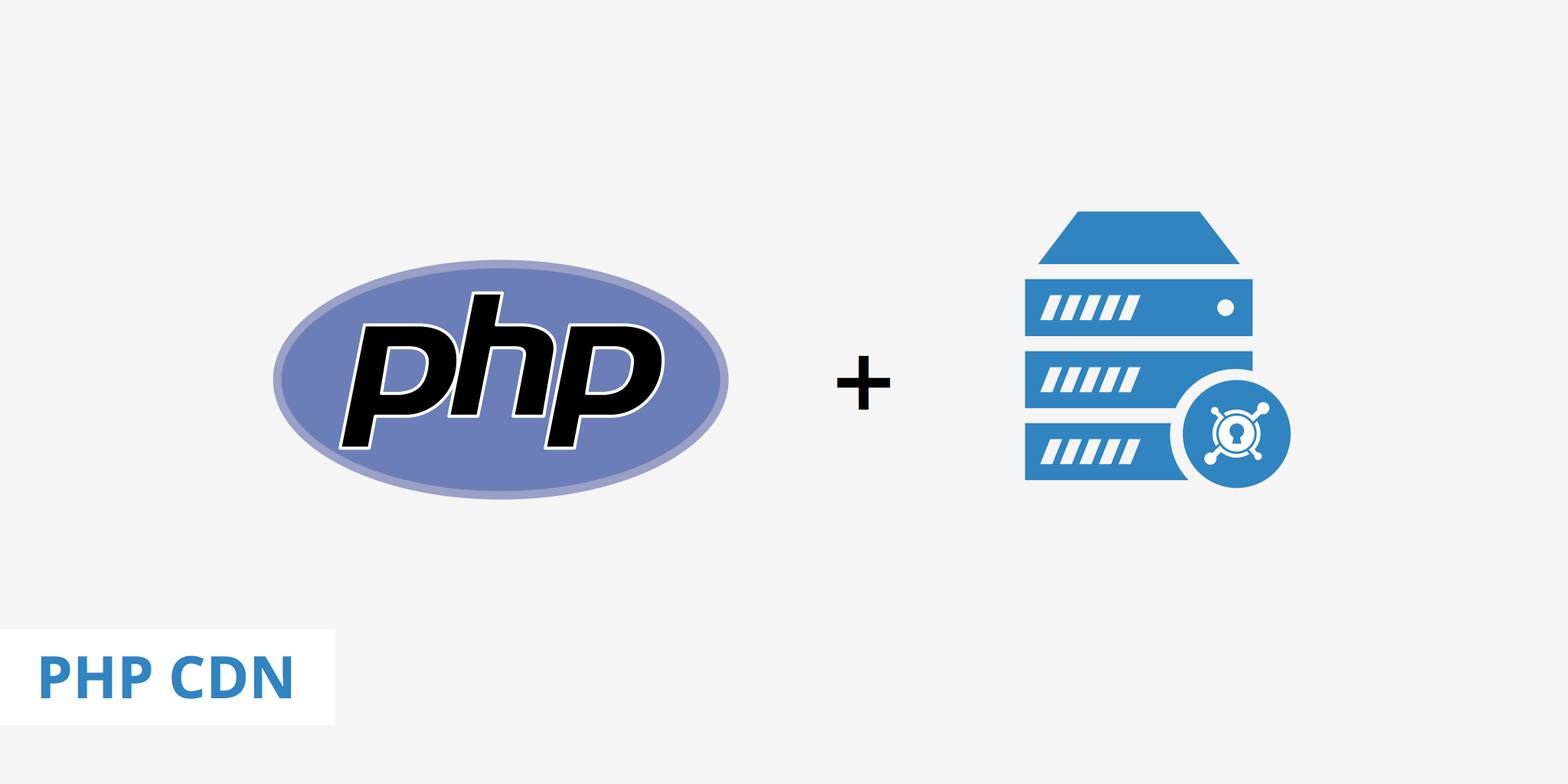Using a PHP CDN Setup

PHP is a popular server side programming language created in 1994. This language is the foundation of many content management systems (CMS), web development frameworks, template systems, etc. As PHP is so popular, many integration and development opportunities exist between various web-related systems/tools. This includes the integration possibilities that exist for a PHP CDN setup.
If you're running a web-based service with PHP, chances are there is already a predefined integration method available. However, if not, it is still possible to use a PHP CDN implementation, it may just require a bit more configuration. This article will outline some of the most popular PHP CDN integration methods as well as how to use a CDN in your PHP project if there are no CDN-specific integration plugins, extensions, modules, etc.
PHP-based content management systems
There are a plethora of PHP-based CMS's that exist. Some are suited better for certain tasks than others, however, most come with the ability to easily integrate with a CDN. Here are a few popular CMS integration guides you can follow to easily set up your CMS to deliver static content via a CDN.
- WordPress CMS Integration Guide
- Drupal CMS Integration Guide
- Joomla CMS Integration Guide
- Typo3 CMS Integration Guide
- PrestaShop CMS Integration Guide
- Magento CMS Integration Guide
Visit our CMS integration guides page for a full list of easy to follow CMS integration tutorials.
PHP-based frameworks
Similarly, there are also many PHP-based web development frameworks. In some cases, you can integrate a CDN directly into the framework so that all static assets automatically use the CDN URL you define. Here are a few integration guide for popular PHP-based web frameworks.
- CakePHP Framework Integration Guide
- Laravel Framework Integration Guide
- Zend Framework Integration Guide
- Phalcon Framework Integration Guide
- Yii2 Framework Integration Guide
Visit our framework integration guides page for a full list of easy to follow framework integration tutorials.
Using a PHP CDN implementation without a CMS or framework
If you need to perform a custom PHP CDN integration, you can do so by using a global variable within your PHP code. Once the global variable is defined, you can then prefix your asset URLs with this variable. For instance, let's say you have an index.php file and want to define a global variable to be called within your HTML. Your first step would be to define the variable with a name such as CDN and a value which will correspond to your CDN URL (e.g. example-hexid.kxcdn.com or cdn.yourwebsite.com). In this case, your index.php file may look something like this.
<?php
define('CDN', 'https://cdn.yourwebsite.com/');
?>
<html>
<head>
<!-- (generated server side from less/style.less) -->
<link rel='stylesheet' href='<?php echo CDN ?>css/style.css' />
<script type='text/javascript' src='<?php echo CDN ?>js/script.js'></script>
</head>
<body>
<p>Lorem Ipsum</p>
</body>
</html>
Using a CDN to accelerate dynamic content
As we're talking about PHP, a server side language used to generate dynamic content, it should also be noted that a CDN can also accelerate dynamic content. Although CDN's are most frequently used to accelerate the delivery of static content such as images, JS, CSS, etc there are also options available with certain CDN providers to take caching a step further. To learn more about the three caching options available for dynamic content with KeyCDN, read our article The Lowdown on CDN Dynamic Content.
As described above, there are various methods for setting up a PHP CDN implementation. Depending on your current set PHP web systems/tools used, choose one of the integration methods above to further accelerate the delivery speed of your assets globally.